Rising Demand for Pickup Trucks
The increasing popularity of pickup trucks is a primary driver for the Truck Bedliner Market. As consumers gravitate towards vehicles that offer versatility and utility, the demand for protective accessories like bedliners has surged. In recent years, the sales of pickup trucks have shown a steady upward trend, with a notable increase in registrations. This trend indicates that more consumers are investing in trucks, thereby creating a larger market for bedliners. The Truck Bedliner Market benefits from this growth, as truck owners seek to protect their vehicles from wear and tear, enhancing the longevity and resale value of their investments. Consequently, manufacturers are likely to respond to this demand by innovating and expanding their product offerings.
Increased Awareness of Vehicle Protection
There is a growing awareness among consumers regarding the importance of vehicle protection, which significantly influences the Truck Bedliner Market. As truck owners become more informed about the potential damage caused by cargo and environmental factors, the demand for bedliners has escalated. This heightened awareness is reflected in consumer purchasing behavior, with many prioritizing protective accessories to maintain their vehicles' condition. Market data suggests that a substantial percentage of truck owners now consider bedliners as essential components of their vehicles. This trend indicates a shift in consumer mindset, where protection and maintenance are viewed as critical investments, thereby driving growth in the Truck Bedliner Market.
Rising Customization Trends Among Consumers
The trend towards customization in the automotive sector is a notable driver for the Truck Bedliner Market. Consumers increasingly seek personalized solutions that reflect their individual preferences and lifestyles. This desire for customization extends to truck accessories, including bedliners, where buyers are looking for options that cater to their specific needs. Manufacturers are responding by offering a variety of colors, textures, and features, allowing consumers to tailor their bedliners to their liking. This trend not only enhances consumer satisfaction but also encourages brand loyalty, as customers are more likely to return to brands that offer customizable options. The Truck Bedliner Market is thus positioned to thrive as it embraces this growing demand for personalized products.
Growth of E-commerce and Online Sales Channels
The expansion of e-commerce platforms is significantly impacting the Truck Bedliner Market. As more consumers turn to online shopping for convenience and variety, the accessibility of bedliners has improved. E-commerce allows consumers to compare products, read reviews, and make informed purchasing decisions from the comfort of their homes. This shift in shopping behavior has led to an increase in online sales of truck accessories, including bedliners. Market data indicates that a considerable portion of bedliner sales now occurs through online channels, suggesting that manufacturers and retailers must adapt their strategies to capitalize on this trend. The Truck Bedliner Market stands to benefit from this digital transformation, as it opens new avenues for reaching consumers.
Technological Innovations in Bedliner Materials
Technological advancements in materials used for bedliners are reshaping the Truck Bedliner Market. Innovations such as the development of lightweight, durable, and environmentally friendly materials have emerged, appealing to a broader range of consumers. These advancements not only enhance the performance of bedliners but also contribute to sustainability efforts, aligning with consumer preferences for eco-friendly products. The introduction of advanced coatings and finishes has also improved the aesthetic appeal of bedliners, making them more attractive to potential buyers. As manufacturers continue to invest in research and development, the Truck Bedliner Market is likely to witness an influx of innovative products that cater to evolving consumer needs.


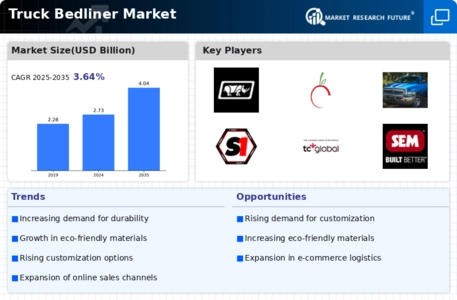
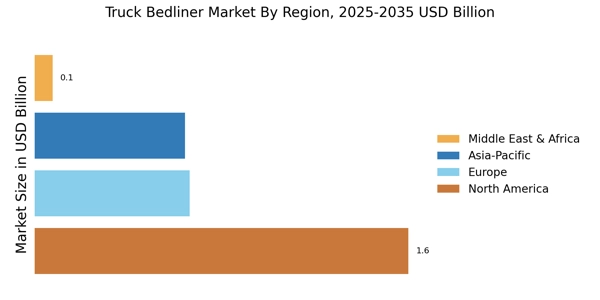

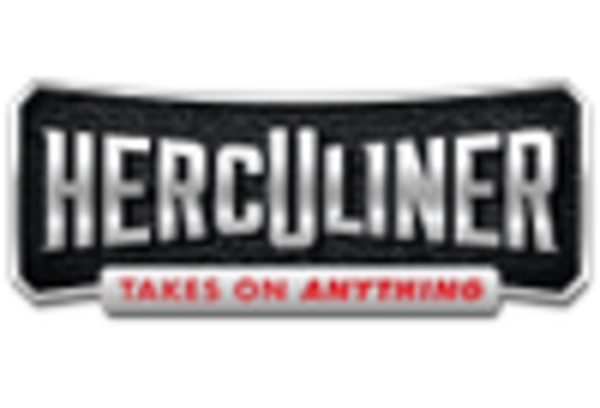
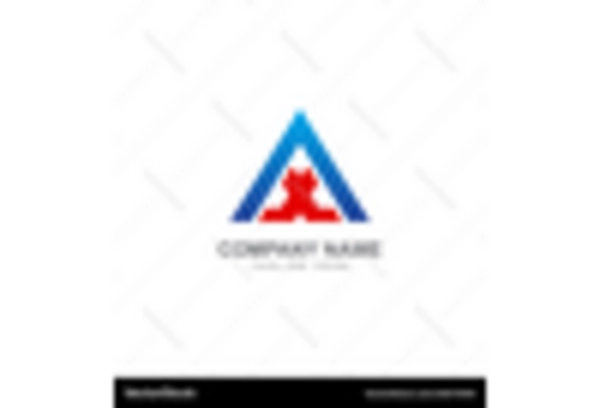
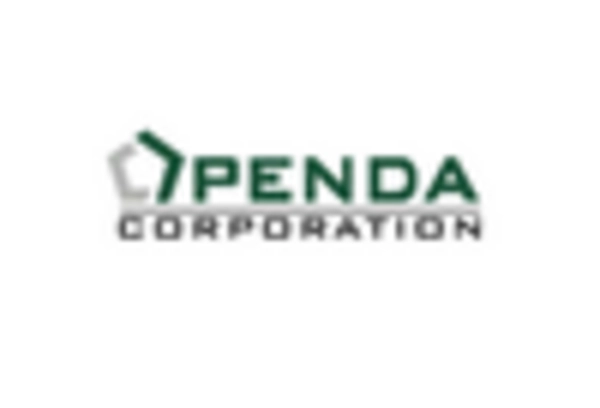










Leave a Comment